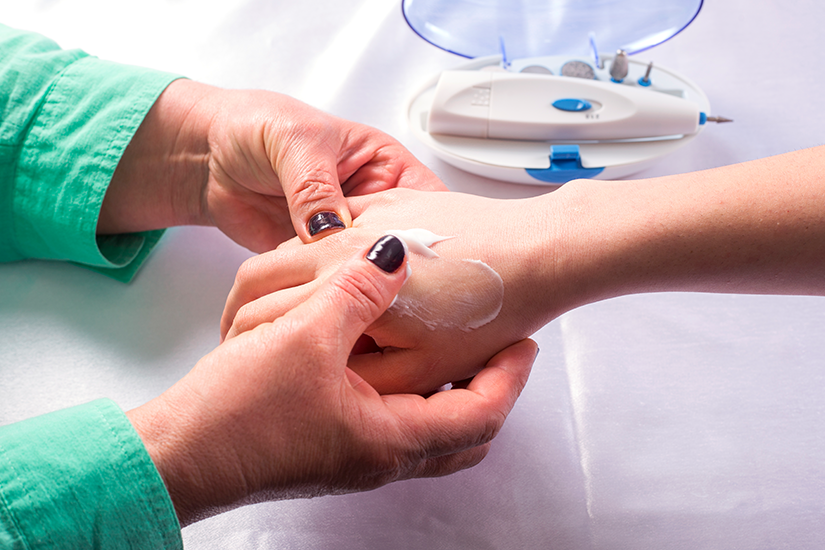- Emergency Ambulance Services
- 8606811111
- 0471-4077777, 0471-7177888
- gro@sutpattom.com
Parkinson’s Disease
Parkinson’s disease is a movement disorder that is seen most commonly in people over 60 years of age. The basal ganglia and subtsantia nigra are the parts of the brain that control our movements. The disease is caused by the destruction of the nerves that produce dopamine in these areas. In 1817 Dr. James Parkinson was one of the first to describe about this disease in a monograph. A disease condition named “kambavatham” has been described in Ayurveda about 4,500 years back which is similar to the symptoms of Parkinson’s disease. The disease affects about 0.3% of people over the age of 40.
Causative factors
Although no clear cause has been found for the destruction of the nerves that control movement, Parkinson’s disease can be caused by a number of genetic and environmental factors. If the disease occurs in young people under the age of 40, it is mostly due to genetic factors. The following causes increase the risk of Parkinson’s disease
- Frequent head injuries, especially in boxers
- People living in industrial areas, especially related to copper, manganese, lead and tricholoroethylene
- Agricultural workers with exposure to pesticides
- People with obesity, diabetes and vitamin D deficiency
- Parkinson’s disease in the family
Symptoms
- Tremors
There are four main symptoms of Parkinson’s disease as stated below;
The tremor usually starts first in limbs on one side. It is more likely to be seen at rest. As the disease progresses, the tremor intensifies and spreads to other limbs. The intensity of the tremor may be higher when there is emotional stress or fatigue.
- Rigidity of limbs
Patients may have difficulty moving joints and may experience a stiffness overall. It will first come on one side limb. Later it will affect all the limbs. Stooping can occur when they eventually affect the muscles of the neck and spine.
- Slowness of activities
Patients may find it difficult to do things at an old speed and walking also becomes slow. They will have difficulty initiating gait and also making turns while walking. This slowness will manifest later in speech and mental activities as well.
- Postural imbalance
Falls are common in Parkinson’s patients. When getting up, making a sudden turn, walking on uneven ground, or going downstairs, they are more likely to lose their balance.
In addition to the above symptoms, there may be other changes as well. One of them is the changes in the handwriting. Font size can be reduced and as disease progresses may not be able to write at all. As such, it can be difficult for the patient to bring about facial expressions due to rigidity of the facial muscles. Therefore, whether they are sad or happy, the look on face will be the same always, called as masked facies. Parkinson’s patients will have reduced arm swing when they walk. Their speech volume will be low and in the same tone irrespective of emotions. Constipation is one of the most difficult problems for such patients as their intestinal movements are also slow. Pain in the whole body, especially the shoulders, is more common. Insomnia is also a problem that bothers them. Parkinson’s patients are more likely to develop depression.
Diagnosis
Parkinson’s disease is mainly diagnosed by analyzing symptoms and performing clinical examination by a neurologist. If symptoms are mainly affecting lower limbs only, it may be due to occlusion of small blood vessels in the brain (vascular Parkinsonism) or due to a condition called Normal pressure hydrocephalus. This may require a brain scan for diagnosis. Some blood tests also may be needed to find out if there are other diseases like hypothyroidism which can also cause slowness of activities.
Treatment
Parkinson’s disease is not a completely curable disease. But if disease can be diagnosed at an earlier stage and start using drugs early, then we can control the severity of the disease to a large extent and prolong the life expectancy. At the same time, the patient will be able to look after his own daily activities without assistance. If left untreated, life expectancy will be 6-8 years. But with timely and appropriate treatment, life expectancy can be as high as 25-30 years.
Initially, the symptoms respond well to small doses of the drug, but as duration increases the dose may need to be increased gradually. During the later stages, the side effects of the drug can also cause difficulties for the patient. Then it is not necessary to stop the medicine, but the dose has to be decreased and frequency to be increased according to the advice of treating physician. If symptoms cannot be controlled with medication, treatments such as deep brain stimulation with implanted electrodes within brain, are now available.
Daily aerobic exercises are also important along with medications. It improves muscle stiffness, relieves pain and fatigue, and improves gait. Cycling is one of the most recommended exercise for Parkinson’s patients. In the late stages of the disease, patient mobility will be severely impaired and become bedridden. Also food intake will be greatly reduced and infections such as pneumonia can develop. This along with malnutrition are usually the common causes of death.
Every year April 11 is celebrated as Parkinson’s Day to create an awareness in the society about this disease. If the symptoms are detected early and treatment is started, the complications can be reduced to a large extent and the patient’s quality of life can be improved significantly.









